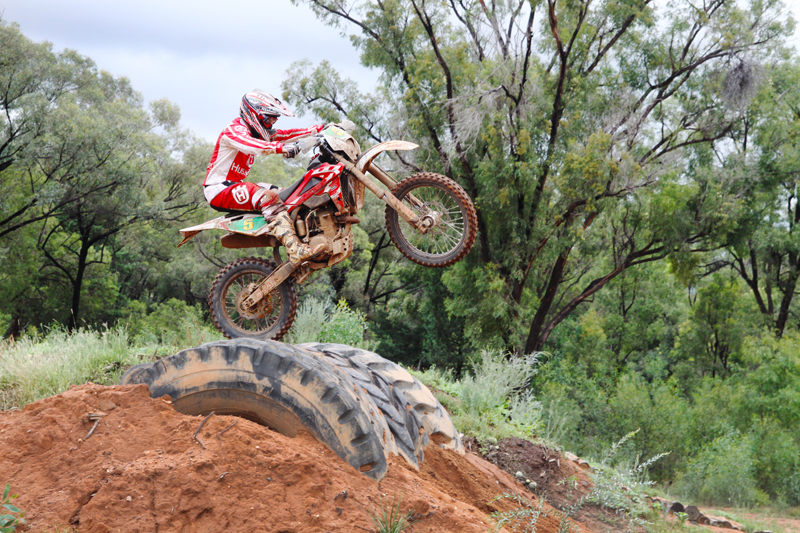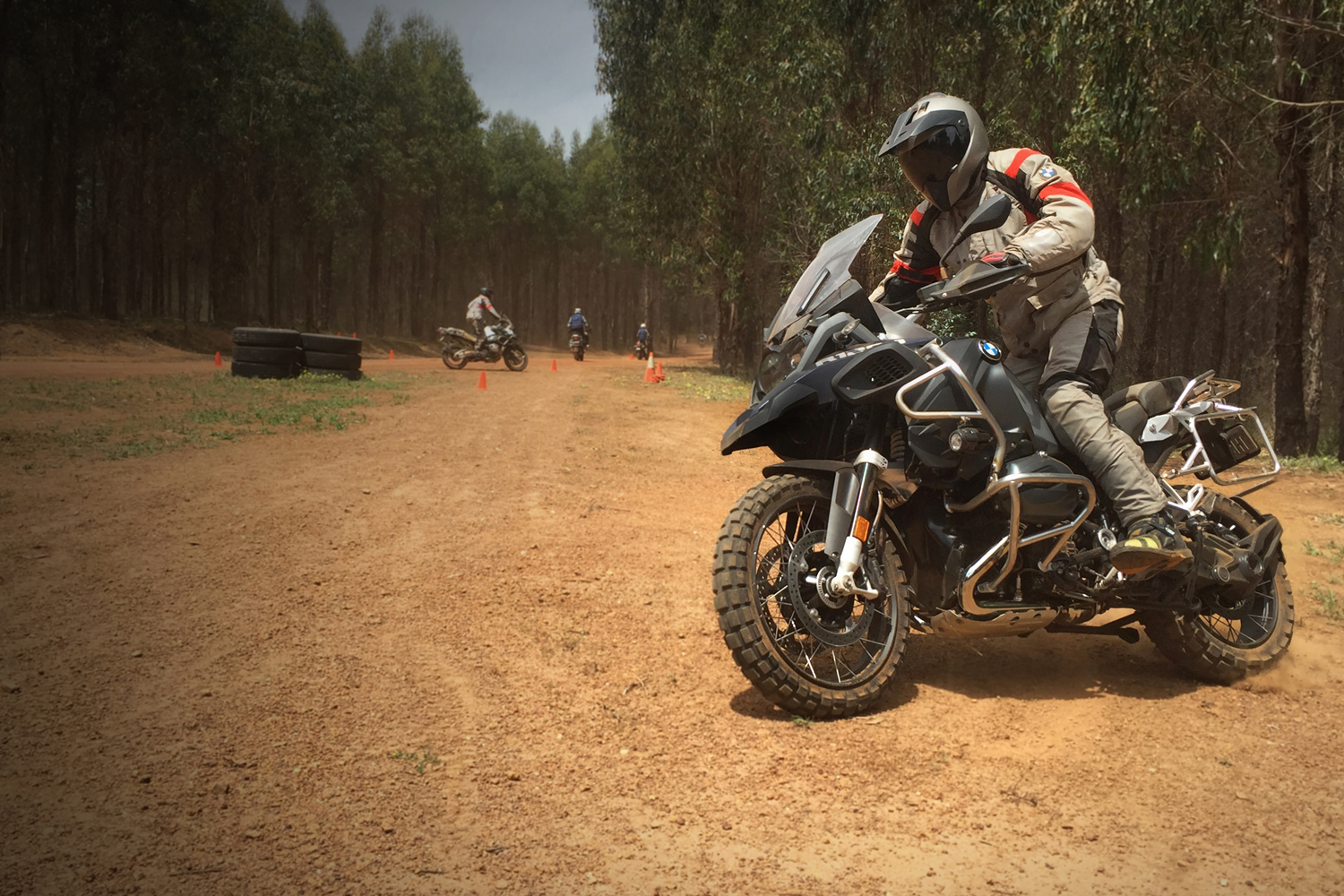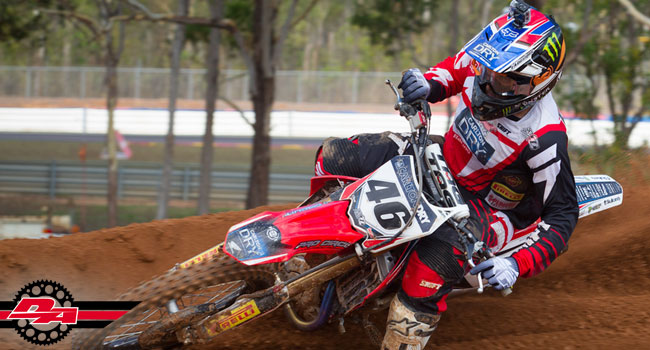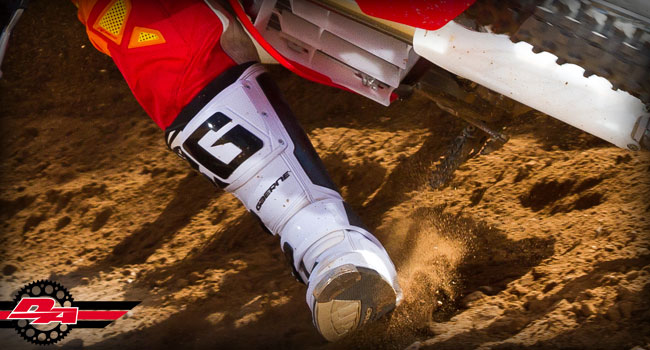
You may never come across a section exactly like this, but the techniques learned will still come in handy. If you do plan on racing some enduro-x or think you may come across some extreme sections, check out how off-road pro Glenn Kearney attacks it.
STORY SHANE BOOTH | PHOTOGRAPHY TUFFY
APPROACH
In this case you need to choose your line carefully. Try to pick the one with the best ramp onto the tyres. You’ll find that where everyone else goes will chew out, leaving a steeper face to run into. Depending on how the tyres are stacked, you may actually be able to ride in the join between two tyres; it forms kind of a rut and may help avoid spinning and sliding sideways on the way over. Try to approach with enough momentum so that you don’t have to accelerate too hard once you’re on the tyres. It may sound obvious, but make sure you’re in the standing position and have selected a gear that will provide good, meaty power.
LAUNCHING
Here you can see Glenn has carried enough momentum to jump off the tyres as if they’re a regular up ramp. Attacking this way requires confidence and skill but it eliminates the chance of the back side being too steep and sending you over the handlebars. If you are too hesitant and roll over the tyres, the front could drop in, causing a crash. It’s also important to point out that Glenn built his momentum on the approach and while he was still on the dirt. By the time his rear wheel is up on the tyre he’s being gentle on the throttle — too much gas here and the wheel may spin up and lose drive, causing the front wheel to drop quickly.
FLIGHT
If you get to this point you should be right. Here Glenn just lets the bike level out, which puts him back into the central standing position as he looks for his landing.
LANDING
You can see Glenn has judged his landing to perfection by just catching the bottom of the built-up dirt ramp. This works like a down ramp and helps smooth out the landing. You should also be back on the throttle at this point to drive the bike away from the landing. Notice how Glen has stayed strong on the bike; his legs and arms are only slightly bent and he’s made the suspension absorb the landing. This is where plenty of riders go wrong: they don’t stay strong enough and collapse down on the bike before the suspension has used all of its stroke. You only want to absorb impact with your arms and legs once you’ve run out of suspension.




